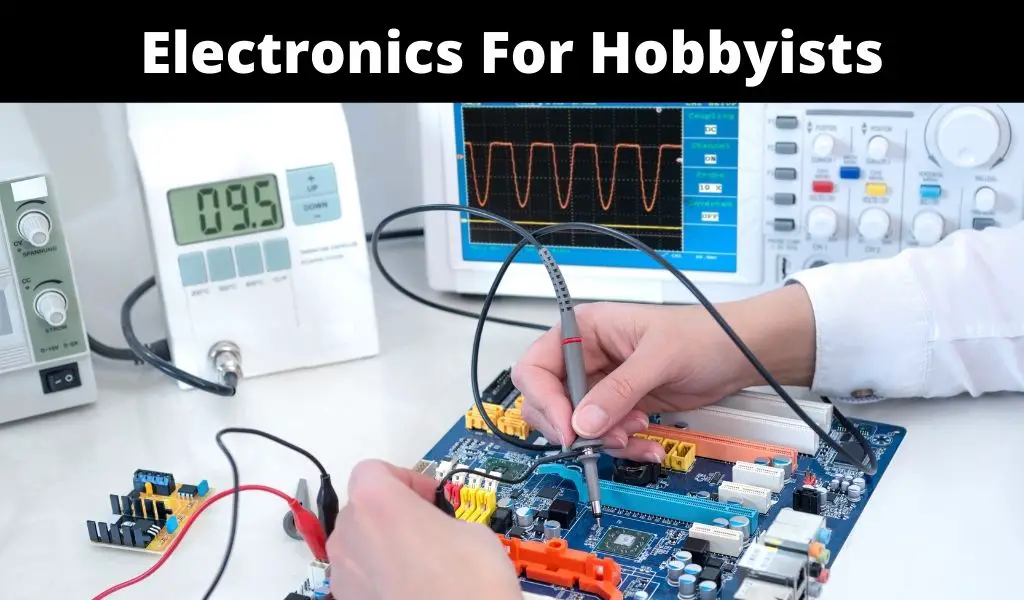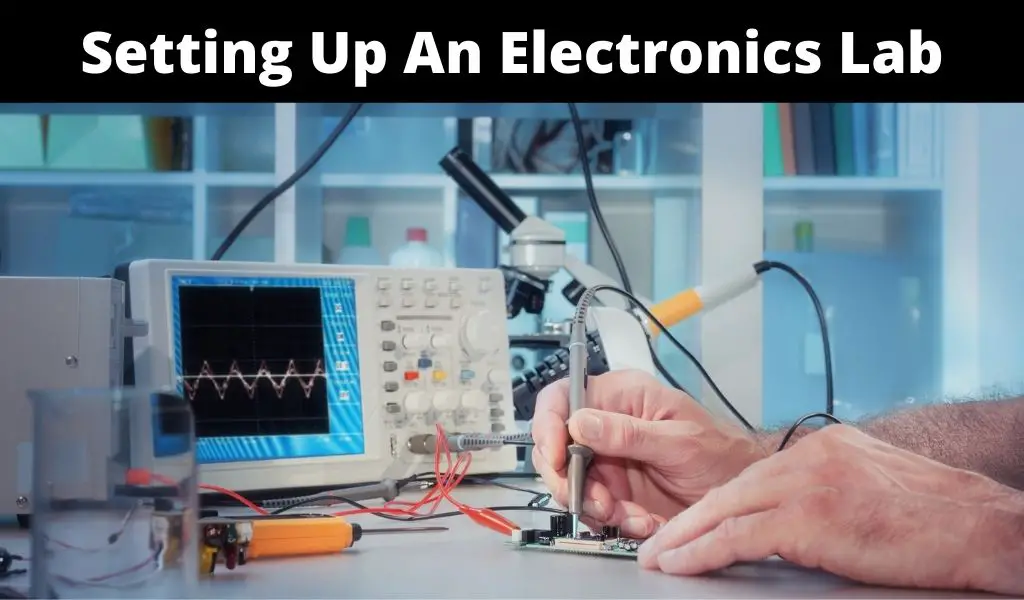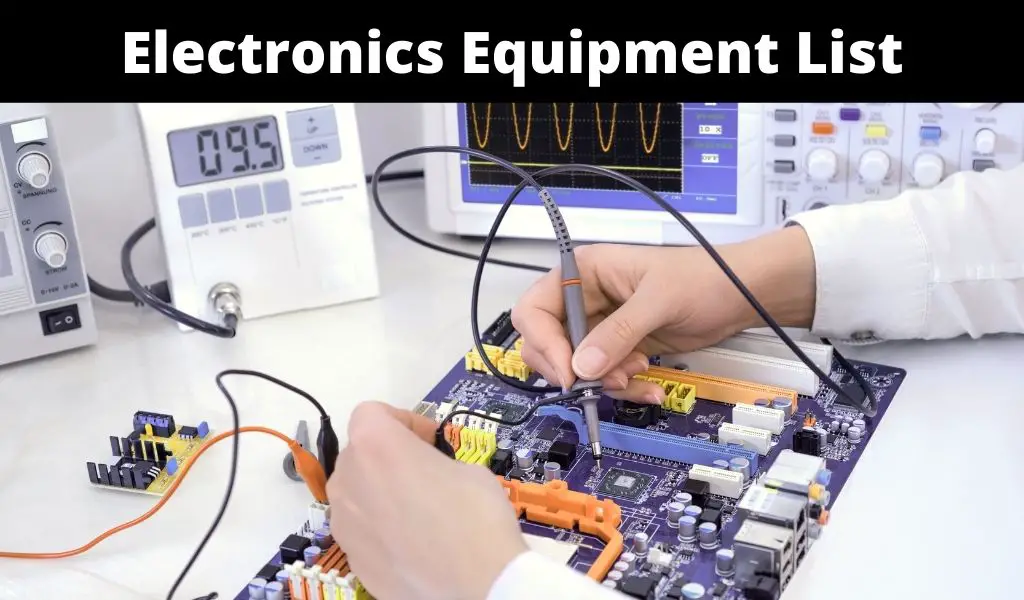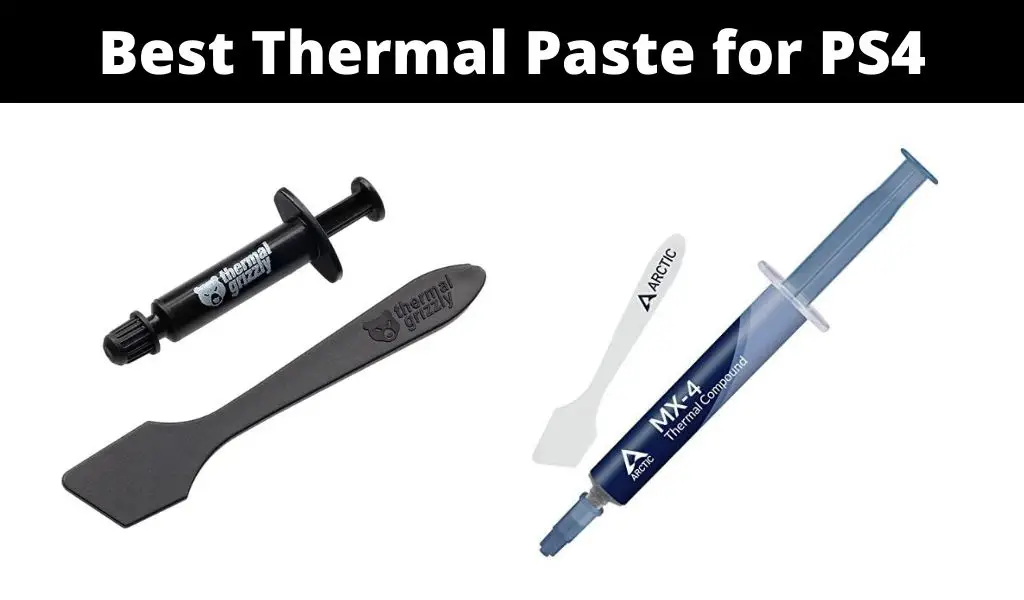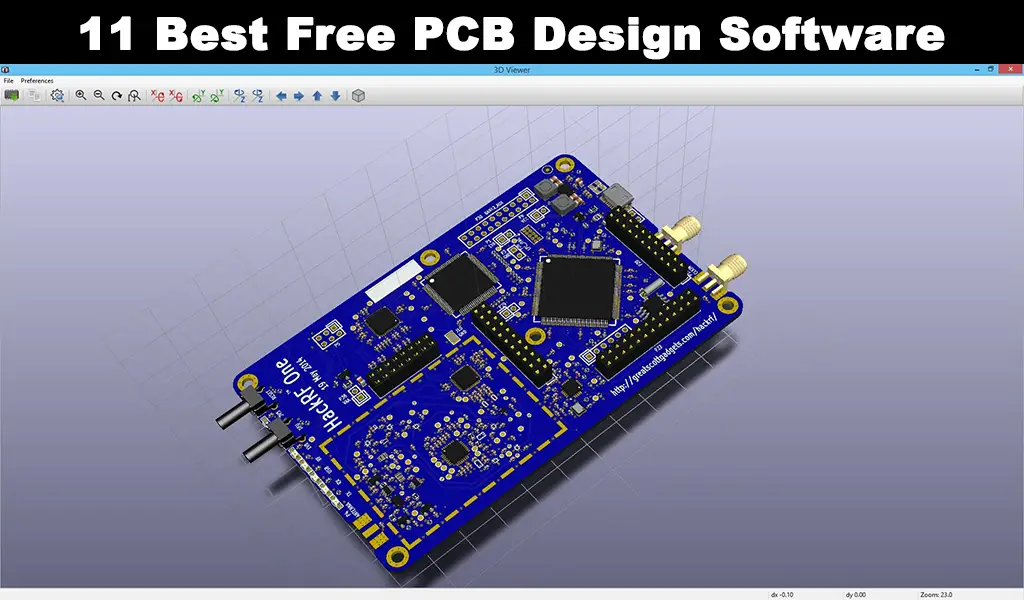Electronics has been a popular hobby for quite a long time. It became popular perhaps with the invention of the radio in the early 20th century. In the 1950s and 60s, audio was a big focus. Hobbyists now show interest in a host of other things such as computer kits and micros. In this post, we will focus on electronics for hobbyists.
Publications have always taken the hobby aspects of electronics seriously, and now there are many websites that focus on electronics as a hobby. There are numerous participants in this community, and the number of participants is still growing. Hobbyists also include many working engineers.
In order to become a hobbyist, you must understand the mechanisms of some common electronic parts.
basic electronic components ( Things you should be familiar with )
Now we will discuss a few electronic parts you must understand to become a hobbyist. Before you dive into action, make sure you are at least familiar with these parts.
Resistors
Resistors are used to limit current and safeguard active components so that they do not get damaged. The load current and the type of active component determine the selection of resistance value. For metal film and carbon resistors, printed color codes are used to recognize values.
As an electronics hobbyist, you must be able to read the color code and identify resistor values. If you attend a tech school, they will teach you resistor color code at the very beginning of the course. Fortunately, reading resistor color code is a very easy thing to learn.
The numbers are marked on wire wound-type resistors. There is no polarity in a resistor, and you can connect it any way round. If you are really interested in electronics for hobbyists, you must have clear ideas about resistors.
Capacitor
Capacitors are commonly seen in polypropylene, ceramic disk, electrolyte, and tantalum types. Tantalum and electrolyte types come with polarity, and they must be correctly and strictly oriented. The circuit schematic will determine the orientation.
The leakage characteristic of tantalum capacitors is negligible. These capacitors are also known for their accuracy. The capacitive value is usually written on these capacitors. For the other two types, special figures are used to code the value.
Diode
Basically, diodes are categorized as light-emitting diodes, Zener, and rectifiers. 1N4007 is the most commonly used rectifier diode, and it is rated 1 amp. This rating can be increased if many diodes are wired in parallel, or a single higher-rated diode is used. The discussion of electronics for hobbyists is incomplete without the discussion of diodes.
You can restrict the voltage by using Zener diodes. As per the voltage ratings, the voltage can be restricted to a particular level. LEDs can emit light, and they are available in multiple colors. They basically work as rectifier diodes.
SCR and TRIACS
These devices are used for AC voltage switching. You can compare them to transistors because with respect to ground, they come with a separate triggering terminal. Their specific datasheets identify their leads. Most of them come with lead orientations.
There are a few reasons why these devices are not like transistors. Firstly, SCRs are not linear, and they require parameters of the critical gate firing. Secondly, if the current is relatively low, the triggering can not happen. And thirdly, they can not work with DC currents; they can function only with AC currents.
Transistors
When we talk about electronics for hobbyists, the discussion is incomplete without reference to transistors. Every hobbyist must be familiar with transistors because this electronic part is one of the most important.
Transistors come in different sizes, shapes, and configurations. A transistor can be PNP or NPN and they are complementary. Datasheets and external appearances can help you recognize and differentiate them. If you want to learn more about electronics for hobbyists, you must understand transistors.
Like other active components, transistors have their own breakdown thresholds. You should immediately refer to the datasheet if you need to know the parameters of the device you are working with.
Ohm’s Law
As an electronics hobbyist, you must know Ohm’s Law. This is one of the most important things to learn, and fortunately, it is also one of the easiest things to learn. You will find this basic knowledge very useful on the way.
If you can figure out the amount of power your gadget uses, you can easily estimate the battery life. This is what Ohm’s Law can help you do. An understanding of Ohm’s Law will make many things easier for you.
Microcontrollers
Yes, it is true that you can create some cool things without using microcontrollers. You can use non-microcontroller ICs and discrete components. But you must be familiar with microcontrollers if you want to take this hobby to the next level.
If you do not know how to use microcontrollers, you will find some projects costly, difficult, or even impossible. These days, stand-alone microcontrollers are becoming common, and most people are familiar with them.
If you just start experimenting with Arduino or similar boards, you will explore a new, amazing world. You must be familiar with microcontrollers if you want to learn about electronics for hobbyists.
skills electronics hobbyists should have
There are some very important skills that you must acquire as a hobbyist. As you learn more and more about electronics for hobbyists, you will also learn that the journey is not always smooth. If you do not have the necessary skills, you will encounter countless issues. Below we are going to focus on a few of those important skills.
Basic electronics
A lot of things are included in basic electronics. If you want to have a good command of basic electronics, you must know how AC and DC currents, electronic flow, circuit analysis, Ohm’s Law, and many more things.
Another misunderstood and confusing affair is electrical grounding. If you do not have a clear idea about the topic, try to learn as much as possible. The direction of current is another confusing topic. The flow of current can be from positive to negative or vice versa.
It is also important to learn about three main types of circuits. You have to understand how things like current and voltage behave. Your course of learning will depend on how much you already know. If you really want to explore electronics for hobbyists, learn as much as possible about basic electronics.
Using a DMM
If you want to become an electronics hobbyist, using a digital multimeter is one of the most important things to learn. No matter what you do, you will always need this indispensable device.
With a digital multimeter you will check circuits, measure resistance, current, and voltage. Some meters also allow you to measure capacitance, frequency, and transistor beta. Choose a DMM with advanced features so that you can use it for complex projects.
How to solder
If you want to become an electronics hobbyist, you must have some practical skills too. Soldering is one of those skills. Fortunately, it is very easy to learn this skill. In order to explore electronics for hobbyists, you must know how to solder. These are among the most important skills.
To get better at this skill, you need to practice it regularly. Reading about soldering is not enough. You have to do it to learn it. You can learn soldering skills from vendors, using inexpensive kits. Video tutorials can also help you learn to solder.
C Programming
As an electronics enthusiast, you should be familiar with at least one programming language. There are reasons why we recommend C. This is the language of choice for embedded programmers. They program either in C or in C++.
And when it comes to operating systems, they are usually written in C. For many programmers, Python is the language of choice. But C is still very popular.
You will need time and patience to master a programming language. But for a hobbyist-level project, you will not need to master the language. You just need some knowledge of the programming language. When we talk about electronics for hobbyists, we should not skip programming.
There are numerous tutorials that you can use to learn C programming. For the right learner, there is no lack of resources.
Digital logic
Even if you are an experienced enthusiast, you may forget the basics, because there are so many things to learn. For an electronics enthusiast, it is important to know digital logic basic gates.
There are many tutorials that can help you learn about functions such as AND, NOT, OR, NOR, NAND, and more. To keep your brain sharp, revise Boolean algebra and truth tables.
Logic is important not only to learn to program but also to understand simple circuits. When we talk about electronics for hobbyists, we must not forget this simple thing.
Schematic symbols
As an electronics enthusiast, you must be able to read and create schematics. But before you dive into action, make sure you are familiar with various electronic components. You must know what electronic component corresponds to what symbol. You will not have to make much effort if you just want to have a basic understanding.
After completing a few projects, it will be easier for you to remember the schematic symbols and their corresponding components. You can accelerate the process of learning by using a PC. If you understand the basic electronic components, very soon you will be able to sketch schematics for your own project.
PCB Layout Designing
Electronic components are electrically connected and mechanically supported by a printed circuit board. Components are usually soldered to the PCB so that they are mechanically fastened and electrically connected.
Almost all electronic products have printed circuit boards. Passive switch boxes and some other electrical products also use them. A discussion of electronics for hobbyists is incomplete if we do not discuss printed circuit boards.
Point-to-point construction and wire wrap are two alternatives to PCBs. Although these alternatives were once popular, they are now rarely used. If you use a PCB, some additional design effort will be needed. But you can automate manufacturing and assembly.
To make the work of layout easier, you can use specialized CAD software. And if you need to produce circuits on a massive scale, you should use PCBs, because this is a cheaper and faster way to produce circuits. In this method, components are wired and mounted in just one operation.
You can fabricate many PCBs at the same time while doing the layout just once. You can also manually make PCBs.
Getting started
To get started as an electronics hobbyist, you need a kit. When it comes to electronics for hobbyists, getting started is the most important part of the process. Arduino Starter Kit is an amazing kit that will help you get started. The main advantage of project-based learning is that the kit provides you with everything you need to complete the project.
Whether you are an experienced or inexperienced hobbyist, you will find the kit incredibly helpful. No soldering is required because the kit has a solderless breadboard. Apart from Arduino Starter Kit, there are some other kits that can help you get started as a hobbyist.
With the Arduino kit, you can complete as many as 15 projects in just a few days. Although they are not very easy projects, you will be able to do them if you are absorbed in the things. If you are really curious, you can try Raspberry pi and other platforms. When we talk about electronics for hobbyists, we must focus on every possible alternative.
Learn how to debug a circuit
Being able to debug a circuit is one of the most important things for an electronics enthusiast. Debugging may involve control flow analysis; interactive debugging, integration testing, unit testing, memory dumps, and log file analysis.
When you first build a complicated circuit, the circuit may not function properly. There can be issues such as faulty parts, connection errors, and faulty equipment settings. The complexity of the circuit may make you feel overwhelmed, and you may find it pretty hard to figure out the error.
However, if you approach the issue strategically and systematically, you will be able to debug a circuit. You will need to test different hypothesis, measure and observe the malfunctioning circuit in different ways.
It is also true that you can debug a circuit only when you completely understand the mechanism. As you go forward, you will have the pleasure of learning.
If you want to explore the world of electronics for hobbyists, you must know how to debug a circuit. To do these things, you will almost always need two tools: an oscilloscope and a digital multimeter.
Conclusion
The hobby of electronics is not just about connecting a few sensors or coding a microcontroller. You must understand the building blocks so that you can enhance the circuits. The best way to get started is to purchase a basic kit and start working. When you make a circuit and it really works, you will certainly feel happy.
When we talk about electronics for hobbyists, we often forget to focus on the fun part. You will be glad at the end result, but you will also enjoy the complexity of your projects. This is not just about reaching the destination; this is also about the thrill of the journey.

